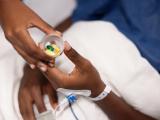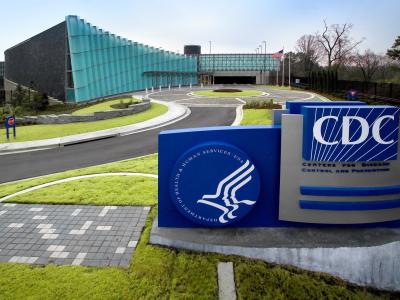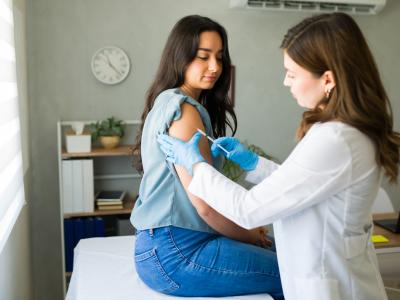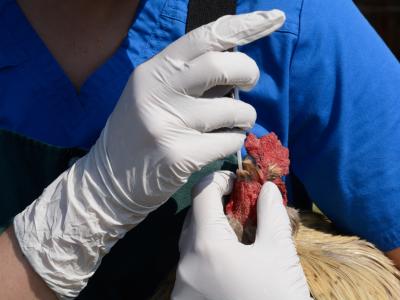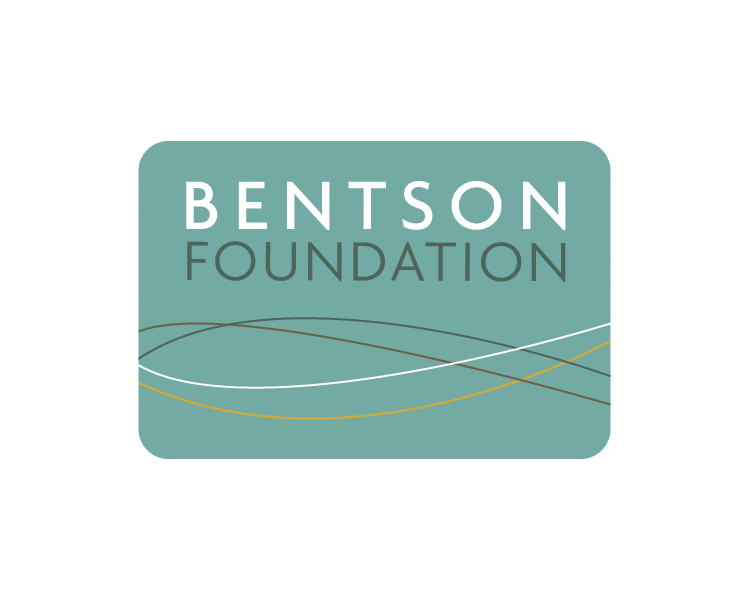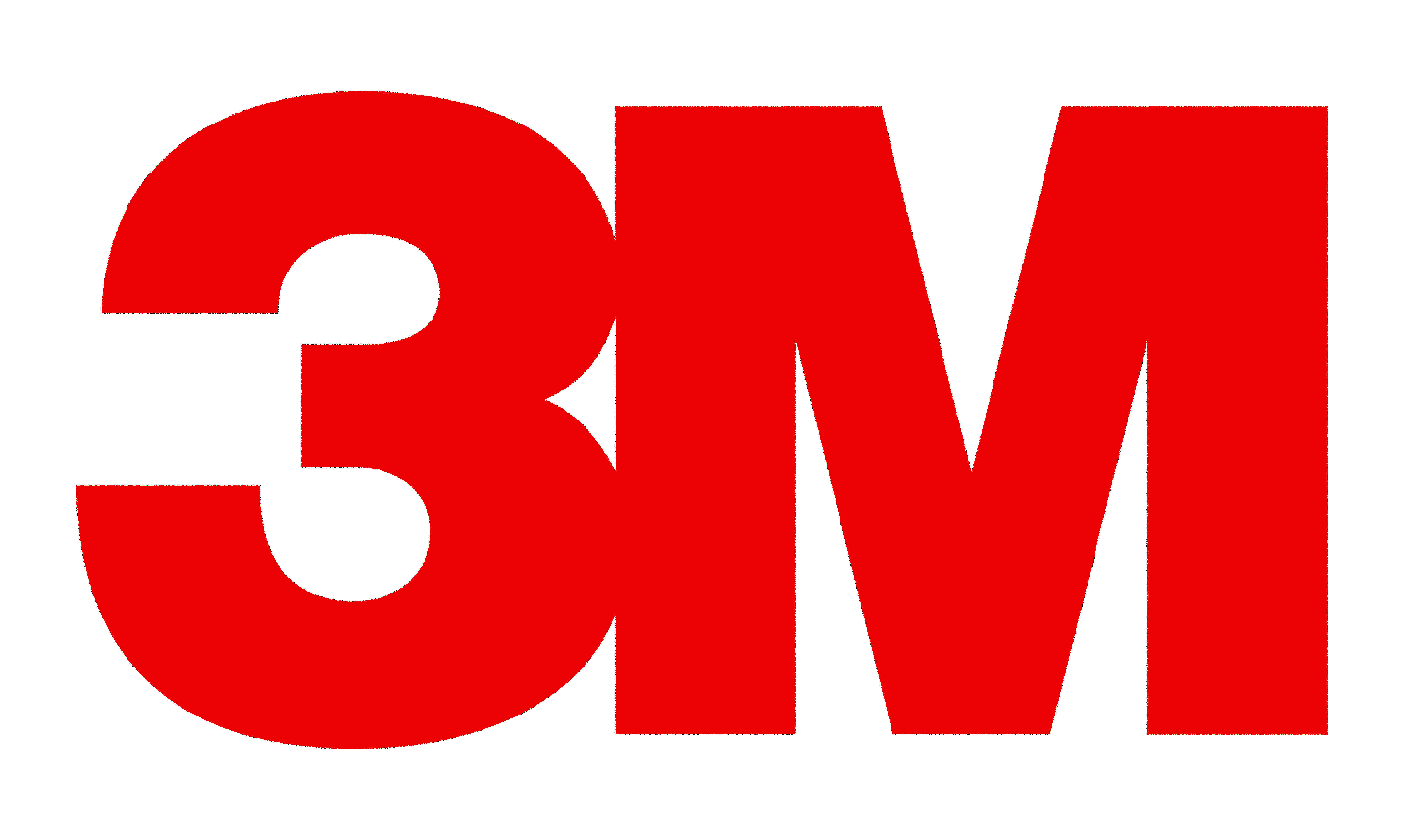During World Antimicrobial Resistance (AMR) Awareness Week, one of the primary messages you'll hear from public health officials and organizations is that antibiotics shouldn't be prescribed by physicians, or taken by patients, when they aren't needed. The idea that overuse and misuse of antibiotics threatens their effectiveness—and could lead to a future whereby bacterial infections become impossible to treat—is one of the cornerstones of antimicrobial stewardship efforts.
But at the United Nations high-level meeting on AMR) in 2024, World Health Organization (WHO) Director-General Tedros Adhanom Ghebreyesus, PhD, highlighted another side of the problem that has received less attention: In many countries, people don't have access to the right antibiotic for their infection, which may be caused by a pathogen that's developed resistance to standard treatments. Often, the right antibiotic is a newer drug that's widely available in wealthier countries but not in poorer ones.
"The irony of AMR is that it's fueled by overuse of antibiotics," he said. "And yet more people die from lack of access to antibiotics."
Addressing the limited access to newer antibiotics in many parts of the world is one of the primary goals of the Global Antibiotic Research & Development Partnership (GARDP). Created in 2016 by the WHO and the Drugs for Neglected Diseases Initiative, GARDP works with drug companies and other stakeholders to accelerate the development of antibiotics for multidrug-resistant infections, promote their responsible use, and ensure access for all.
CIDRAP News recently spoke with Francois Franceschi, PhD, associate director of the serious bacterial infections portfolio at GARDP, about the organization's efforts to bring new antibiotics to market and ensure that they're available to all who need them. The following excerpts have been edited for length and clarity.
CIDRAP News: One of the big themes at the 2024 United Nations meeting on AMR was a focus on the lack of access to newer antibiotics in many countries. And I know that's a theme of GARDP's work. Can you talk about why antibiotic access is important within the context of AMR, and how GARDP is addressing that issue?
Francois Franceschi: Access is one of the main components of GARDP. When you look at the last five or so antibiotics that have been approved that are effective against these very bad gram-negative infections that normally plague hospitals and have high mortality, essentially what happens is that all these new antibiotics are approved in high-income countries, which have a relatively low percentage of people with those type of infections.
But in the really high-burden areas like Southeast Asia, India, China, sub-Saharan Africa and Latin America, those antibiotics are nowhere to be seen. And in many cases, there is no real timeline for when they are going to be seen there. And when you talk to people [in those countries], they are saying “we need these antibiotics.” They are giving people colistin—which is essentially a poison and is not very effective—because they don't have access to the antibiotics they really need.
Access is partly an issue of pricing and cost. And that's why, for example, when we decide to support a compound and bring it into the GARDP portfolio, one of the things that we do to evaluate the compound at the very beginning is ask what the projected cost of goods is for this molecule. Are there chances to make it cheaper or not? Because you can have the greatest compound in Earth, but if you need 37 synthetic steps and platinum catalysts, that thing is never going to be cheap, and nobody's going to be able to afford it in the countries that have the highest burden of infection.
So part of the equation for us is to try to engage really early on and try to figure out how we're going to make this [antibiotic] in a way that is going to be cost effective and affordable.
CIDRAP News: GARDP’s strategy is based on three criteria, one of which is the WHO priority pathogens— difficult-to-treat gram-negative infections that have limited treatment options. Can you talk about some of GARDP’s efforts in that space?
Francois Franceschi: A few weeks ago, it was in the news everywhere that there are these “nightmare bacteria” [in US hospitals] that are very difficult to treat. And this is because they have some special enzymes called metallo-beta-lactamases, which essentially degrade all carbapenems and all cephalosporins and so on. And in our portfolio, in the earlier part of the development, there is a small company from India called Bugworks. They have a new, potential antibiotic that targets all those bacteria, all the critical-priority bacteria, which is great. And they are essentially right now in a phase one clinical study.

We are also trying to revive a very old antibiotic that until now was only used in veterinary medicine, because it originally came at a time where people said, “Oh, we have better stuff.” But then a small company here in Switzerland was trying to show that it is much better than any of the other antibiotics of the same class in the clinic.
They went bankrupt last year, but GARDP decided to get all the data they had and try to figure out if we can at least complete the initial clinical development and show if this has a possibility of being developed, because it targets all the priority pathogens and it's super, super cheap to produce. It's worth having a look because it's probably a quick win if it works.
CIDRAP News: This gets back to the access issue because, as you noted, there was that recent report about the growth of New Delhi metallo-beta-lactamase (NDM)–producing bacteria in the US hospitals. But aren't NDM-producing bacteria a much bigger problem in places like India?
Francois Franceschi: Exactly. We did a small observational study in India where we were trying to figure out, of the patients that have carbapenem-resistant infections, how many of them have these really bad metallo-beta-lactamases and other type of enzymes that degrade a lot of the first-line antibiotics. And we found that it's a very high percentage of patients. In the US it's maybe a few percent, but in India it's, in some cases, over 40%. And when you consider that India has close to 20% to 25% of the earth's population, that's a lot of people who need a better solution.
CIDRAP News: Another priority for GARDP is sexually transmitted infections, and I know there is a lot of interest in zoliflodacin, a potential novel oral treatment for gonorrhea that GARDP has been developing in collaboration with Innoviva Specialty Therapeutics (IST). Can you talk about GARDP's role in zoliflodacin's development, and what its current status is?
Francois Franceschi: Zoliflodacin is an example of something that gives you hope. Initially, AstraZeneca was working on that family of compounds for a while, but then they decided to get out of antibiotics completely. Then, AstraZeneca had a small spin-off company called Entasis, which was trying to develop some of their antibiotic candidates, one of which was zoliflodacin for sexually transmitted infections. They came to GARDP in 2017 and said, “Do you guys want to give it a shot?” Otherwise, it was just going to die.
NIAID [the National Institute of Allergy and Infectious Diseases] had also decided it was an interesting molecule, and they ran a couple of trials to show that it could really work. And that's when GARDP got fully engaged and decided that we were going to be the ones completely running the phase 3 trial, which I would say is almost a first for a small public-private partnership in this area. And we found places in Belgium, Holland, South Africa, Thailand, and the US and recruited 800-something patients, which is a big, big trial.
Clearly, we need to have more in the pipeline. A lot of the products in the pipeline are incremental improvements on old drugs, and that's not going to bring us much further, I'd say.
The topline results were disseminated a while ago, and it met all the all the end points. And that was another first, because the last two drugs that have tried to get an approval for gonorrhea have failed because they didn't meet the end points. And the other thing is that we managed that trial spending probably a fraction of what a pharmaceutical company would have spent to run a trial with so many patients in five different countries.
GARDP was also very involved in helping IST submit a new drug application [to the US Food and Drug Administration], and a PDUFA [Prescription Drug User Fee Act] date has been set for December 15th. So by December 15th, hopefully, we will know if the drug gets approved. We cannot predict what's going to happen, but it's in a good place.
CIDRAP News: As you know, there’s been a lot of pessimism about the antibiotic development pipeline. The WHO just released its most recent report, which concluded that the pipeline faces a “dual crisis of scarcity and lack of innovation.” Do you see causes for optimism?
Francois Franceschi: It is clear that the pipeline should be a lot richer than it is. And I think that CARB-X, for example, has been putting a lot of effort into bringing innovation and putting new things out there. But in part it's a structural issue, in the sense that everybody working in the area knows that whatever they are doing is mostly for public health reasons, because the return on investment right now is just not there. And then it is difficult to convince people to try to develop new antibiotics, when really there is very little light at the end of the tunnel in that sense.
It's a very complicated issue. Clearly, we need to have more in the pipeline. A lot of the products in the pipeline are incremental improvements on old drugs, and that's not going to bring us much further, I'd say.
But you have bright spots, like Bugworks for example, which brought us a really new type of mechanism of action and new chemistry. And Roche, which is one of the few large companies out there that is still in the antibiotic business, has come up with a new candidate against Acinetobacter baumannii. They are going to start the phase 3 trials very soon. And that's also a completely new mechanism of action. So there are some bright spots out there.
But yes, we will need a lot more. And what people don't understand is that it's not as simple as, “Okay, I have this problem, and we need a new drug.” A new drug needs—if you are a magician—at least six years from when you started to being approved. So it's nothing you can solve in in a blink of an eye.







